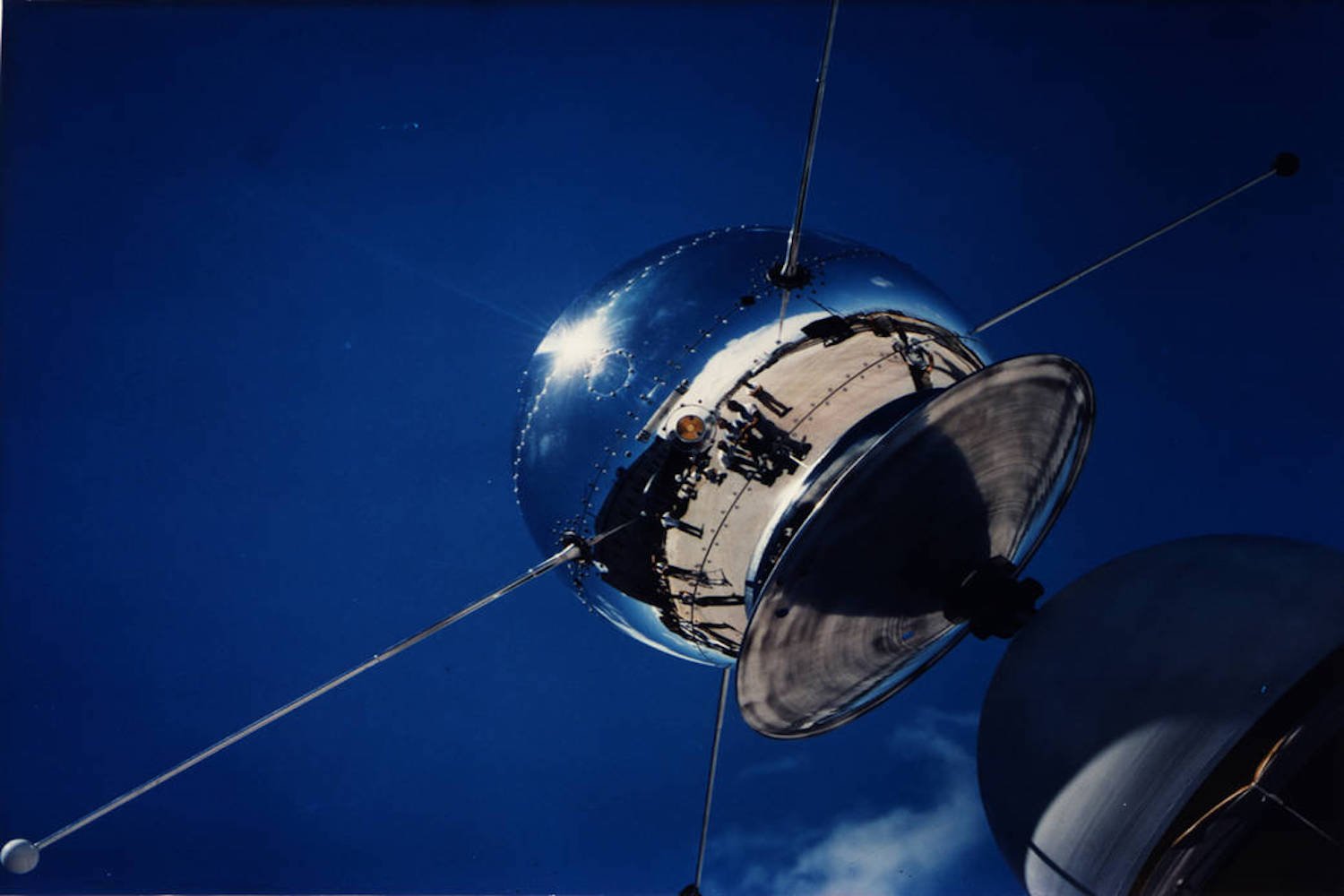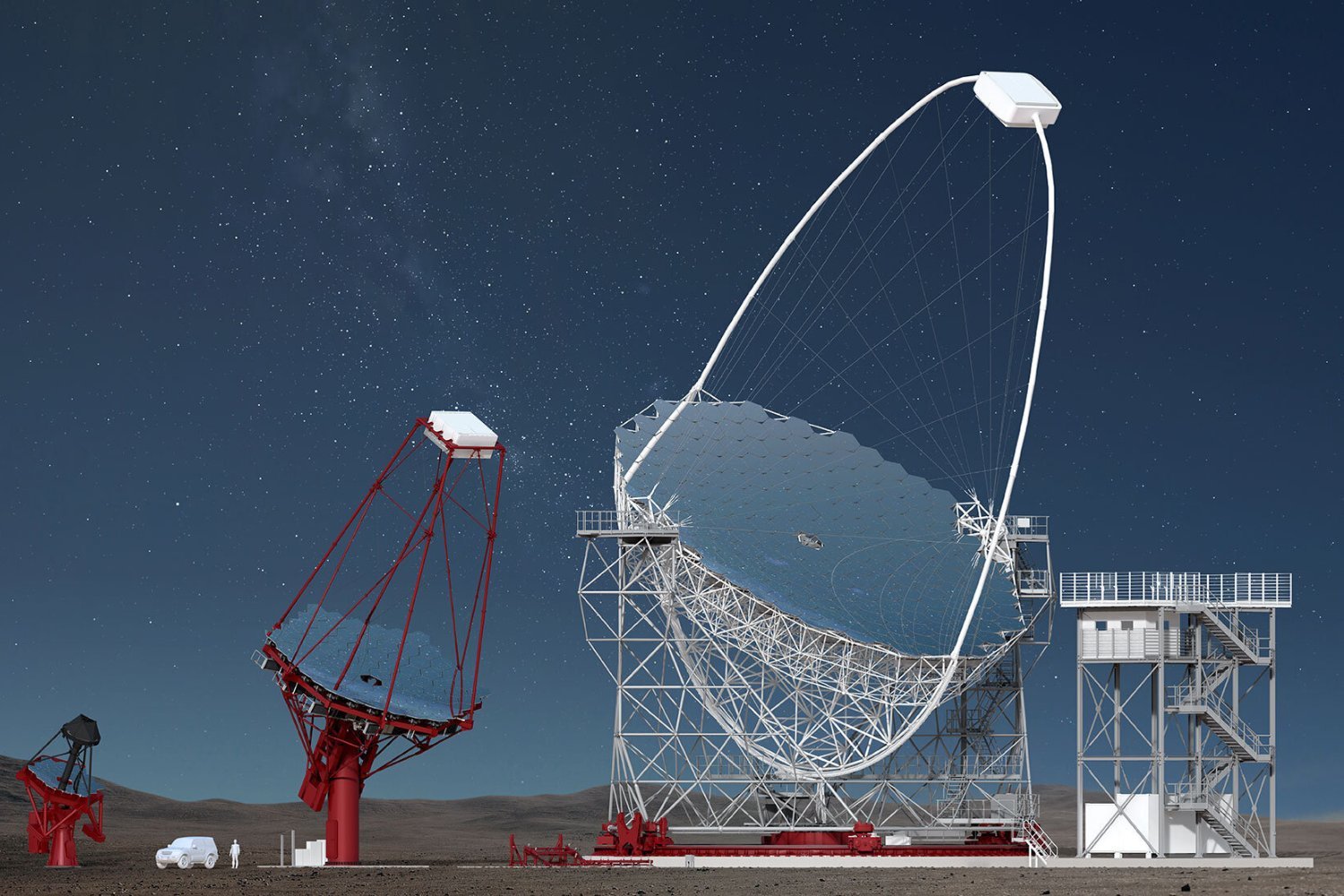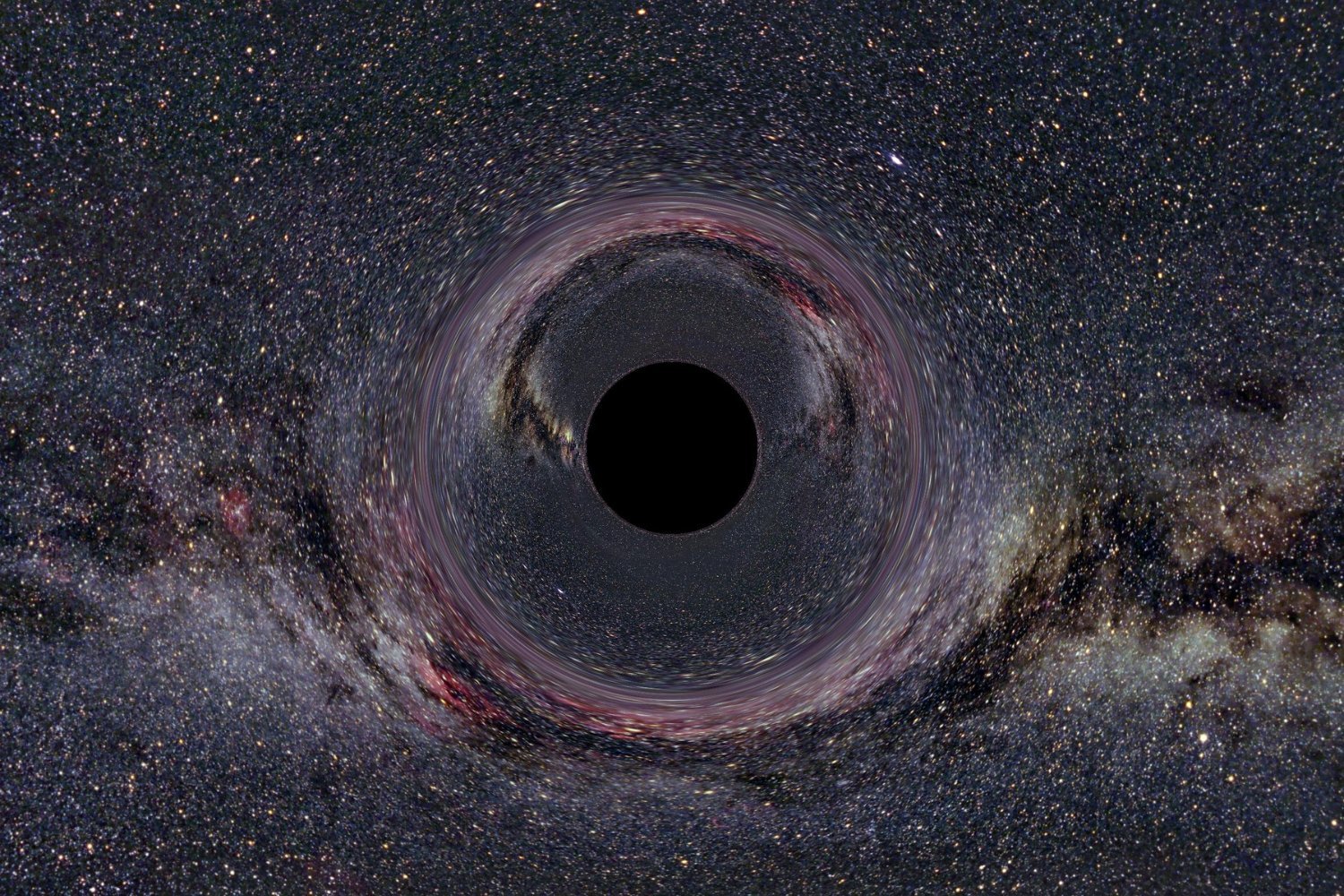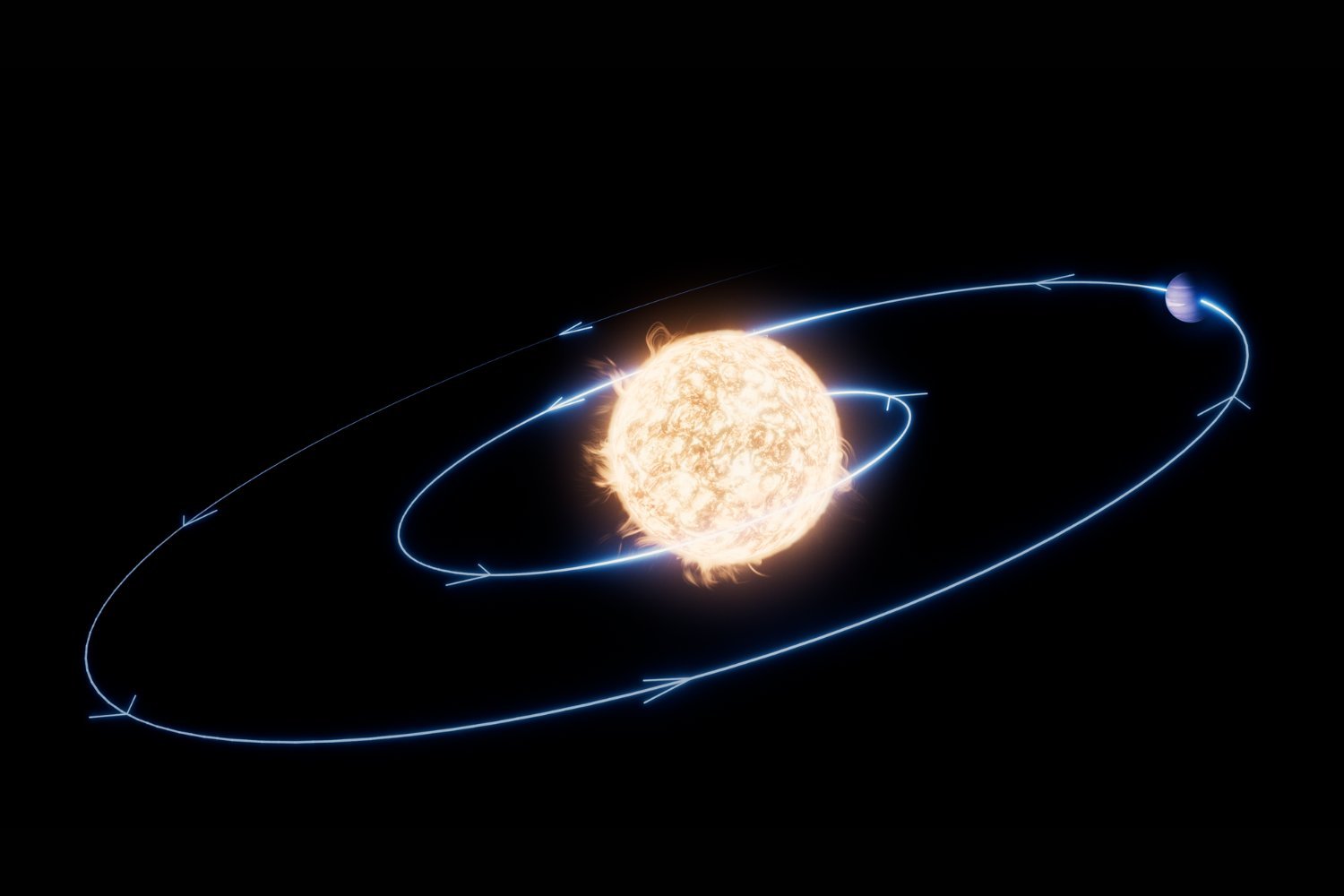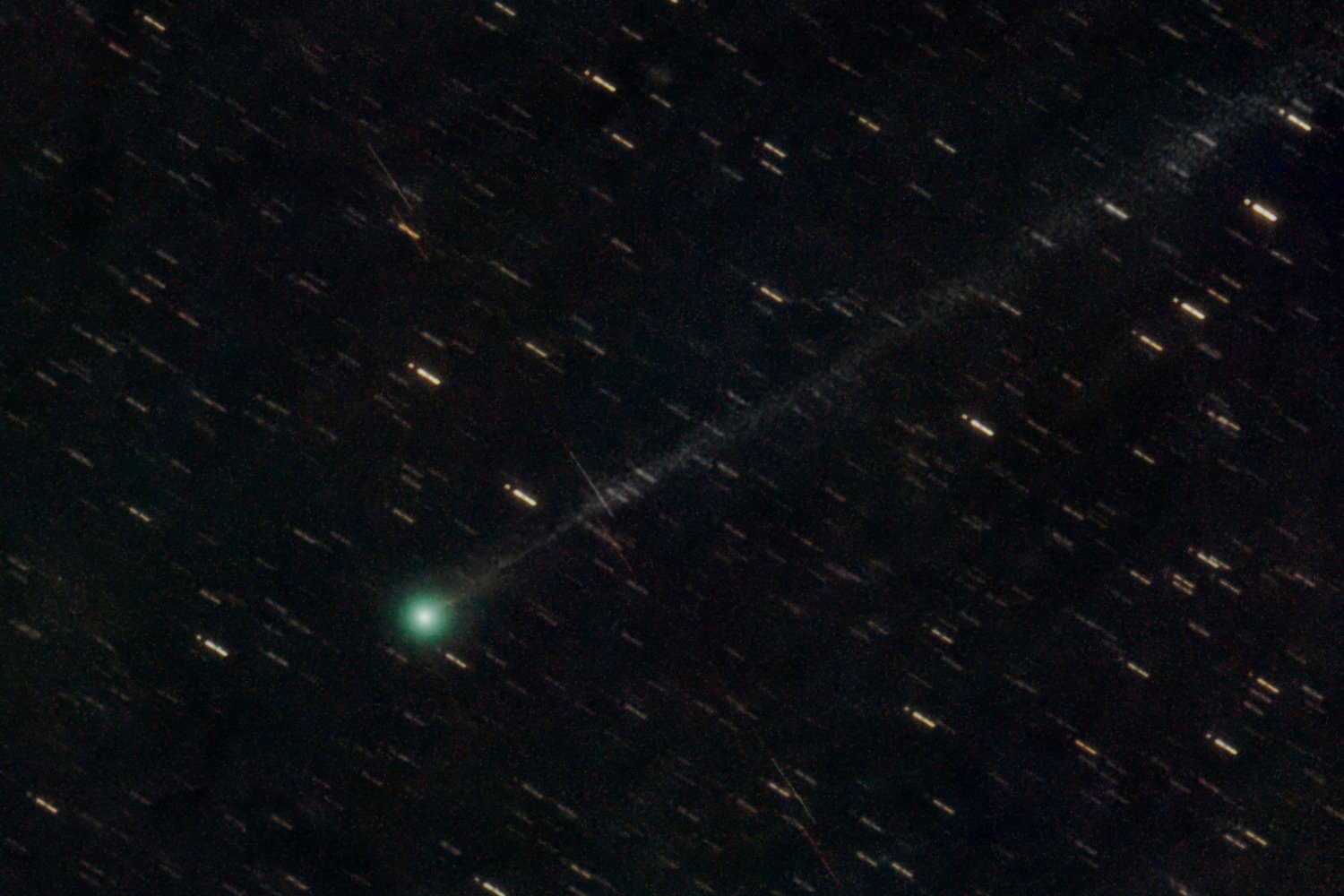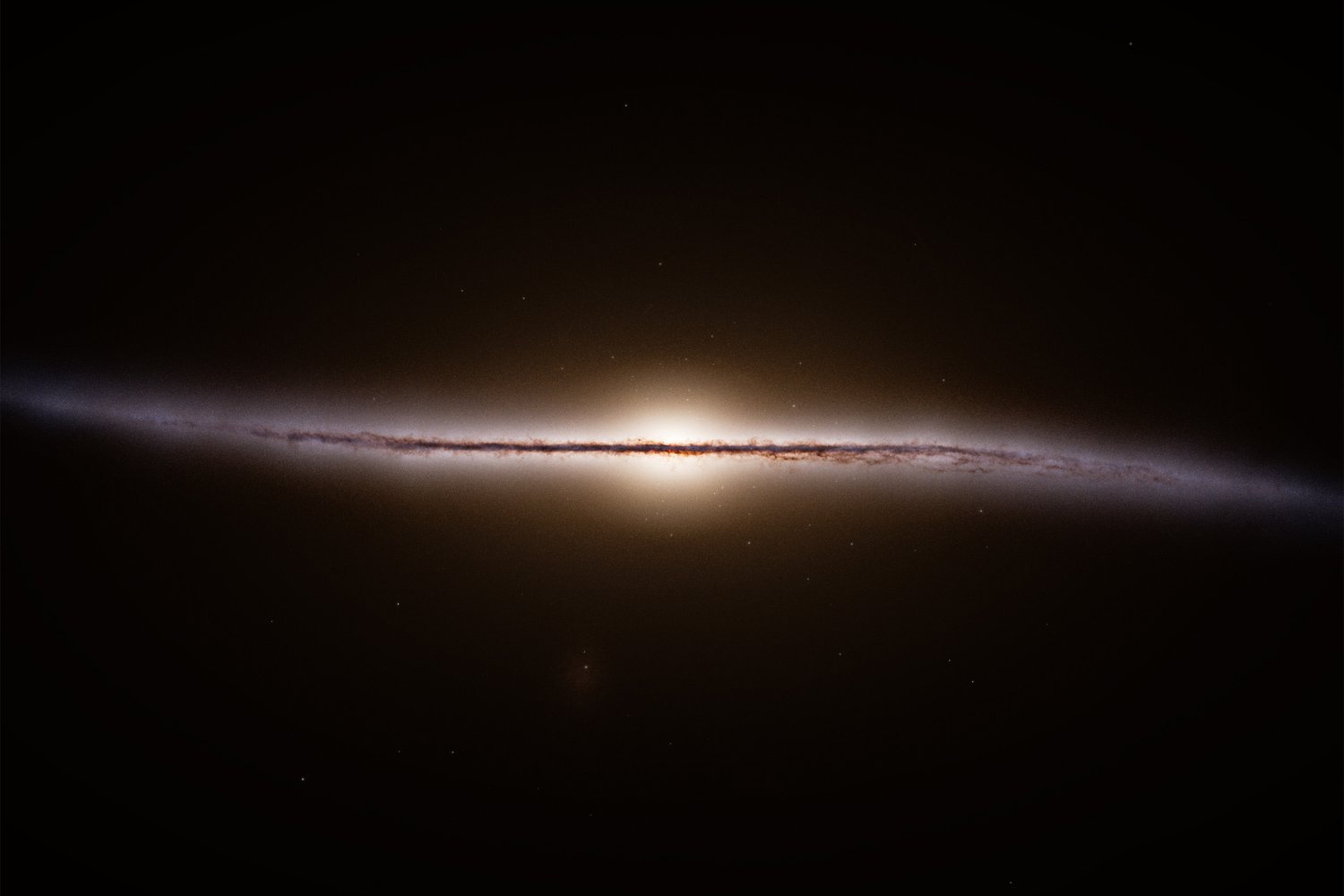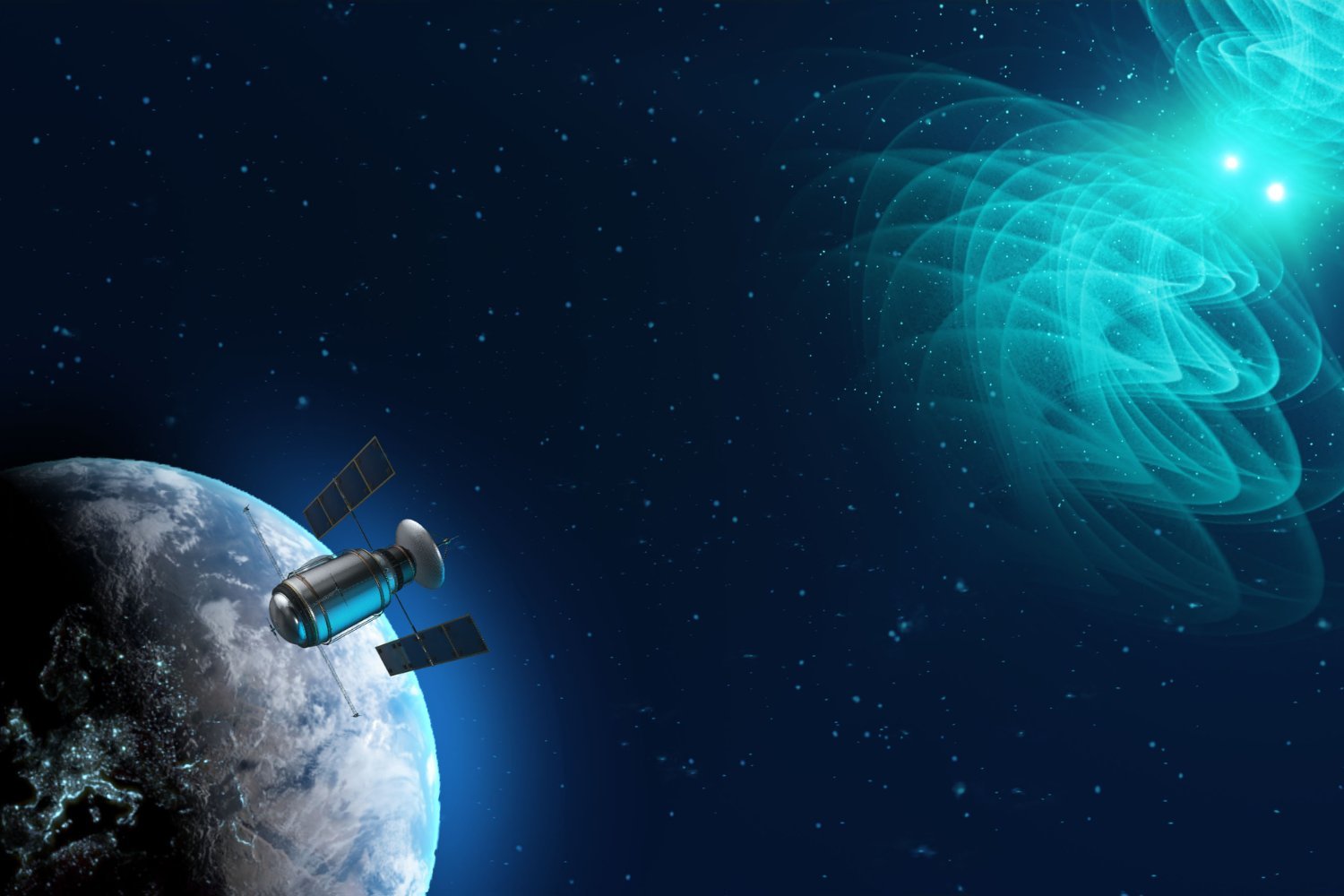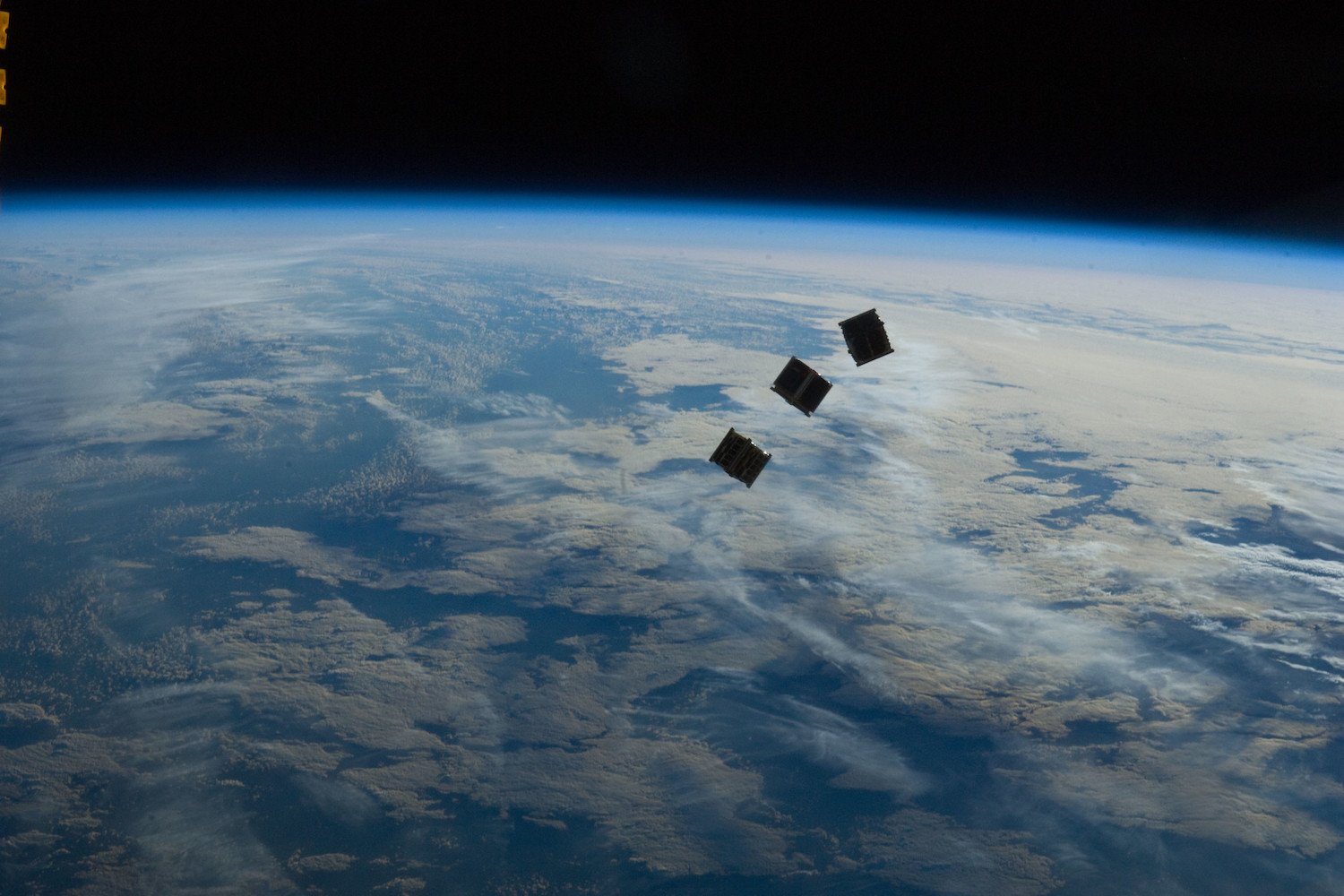Vanguard-1, a grapefruit-sized sphere launched in March 1958, holds a unique distinction: it’s the oldest human-made object still orbiting Earth. This pioneering satellite, a testament to the early days of space exploration, continues its silent journey through space while other satellites from its era have long since burned up in Earth’s atmosphere. Now, a team of researchers and engineers is exploring the possibility of retrieving this historic artifact for closer examination.
This ambitious endeavor aims to bring Vanguard-1 back to Earth to study the long-term effects of the space environment on its components. The Naval Research Laboratory conceived the satellite in 1955 as a test of a three-stage launch vehicle and the durability of spacecraft in the harsh conditions of space. Its current high elliptical orbit, unlike the lower orbits of Sputnik and Explorer-1, has shielded it from the atmospheric drag that brought those early satellites down. A successful retrieval would make Vanguard-1 the oldest satellite ever returned to Earth.
A proposal outlined in a study published in the Aerospace Research Center earlier this year, spearheaded by Virginia-based consulting firm Booz Allen Hamilton, details potential retrieval methods. The team suggests maneuvering Vanguard-1 into a lower orbit where it could be captured by a spacecraft or even brought aboard the International Space Station. This recalls NASA’s 1984 mission where astronauts, utilizing the Manned Maneuvering Unit jetpack, retrieved the Westar 6 and Palapa B2 satellites after rocket failures. These satellites were then secured in the Space Shuttle payload bay and returned to Earth.
Given Vanguard-1’s age and potential fragility, the team emphasizes the need for a delicate approach. A preliminary robotic rendezvous mission is proposed to assess the satellite’s condition before any retrieval attempt. The researchers also suggest exploring partnerships with private space ventures or utilizing SpaceX vehicles for the return trip.
Back on Earth, experts could analyze Vanguard-1’s structure, searching for micrometeoroid impacts and evaluating the effects of its extended spaceflight. The team envisions the satellite eventually becoming a museum piece, perhaps at the Smithsonian, serving as a tangible reminder of humanity’s first steps into space.
The paper highlights the potential broader benefits of this project, stating, “Future missions (space debris removal, materials capture for on-orbit manufacturing, and even deep space exploration) could build on techniques demonstrated in the retrieval of Vanguard 1.” Retrieving this historic satellite presents a significant challenge, but one with the potential to provide invaluable insights and advancements for the future of space exploration.



